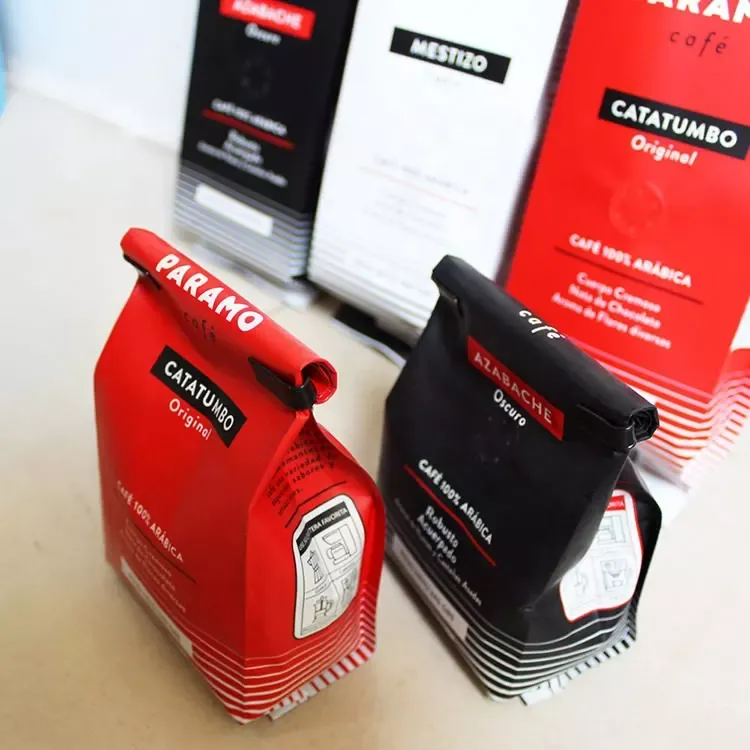Exploring Techniques for Printing on Chipboard for Creative Projects
Printing on Chipboard A Versatile Solution for Creative Projects
Chipboard, a type of sturdy paperboard made from recycled paper and wood fibers, has gained popularity in various crafting and commercial applications. With its durability and flexibility, chipboard serves as an excellent substrate for a wide array of printing projects. This article explores the benefits and methods of printing on chipboard, making it an ideal choice for artists, designers, and businesses alike.
The Advantages of Chipboard
One of the key advantages of using chipboard is its eco-friendliness. Made from post-consumer materials, chipboard is a sustainable option, appealing to environmentally-conscious consumers and businesses. In an era where sustainability is paramount, chipboard provides an avenue for creative expression while minimizing environmental impact.
Another significant benefit of chipboard is its strength. While it is lighter than cardboard, chipboard is dense and rigid, making it suitable for projects requiring stability. This quality makes it a preferred choice for packaging, displays, and prototyping, as it can withstand handling and transportation without compromising the integrity of the printed design.
Chipboard also offers versatility in terms of finish and texture. It comes in various thicknesses and surface textures, allowing printers and designers to select the appropriate type for their projects. This adaptability can enhance the visual appeal of printed materials, making chipboard a popular choice for custom invitations, greeting cards, and art prints.
Methods of Printing on Chipboard
When it comes to printing on chipboard, there are several methods to choose from, each offering unique advantages depending on the project's requirements.
1. Offset Printing This traditional printing method is ideal for large runs of chipboard products. It provides high-quality images and sharp text, making it suitable for packaging and promotional materials. Offset printing works best on chipboard that has been pre-treated to ensure better ink adhesion and vibrancy.
2. Digital Printing This modern technology allows for quick and cost-effective printing, making it perfect for short runs or custom designs. Digital printing can produce vivid colors and intricate details that make designs stand out. Additionally, it allows for easy changes to artwork without the need for retooling, making it a popular choice for small businesses and artists who want to create unique products.
printing on chipboard

3. Screen Printing Ideal for bold and graphic designs, screen printing allows for thick layers of ink to be applied to the chipboard. This method is particularly effective for creating designs with limited colors, as each color is applied separately. Screen printing is often used for custom promotional items, signage, and art prints.
4. Vinyl Cutting For projects requiring precise designs or lettering, vinyl cutting is a great option. It involves cutting shapes and letters from vinyl sheets and applying them directly onto the chipboard surface. This method is popular for signage and promotional displays where specific branding elements are needed.
Considerations for Printing
When printing on chipboard, there are several factors to consider to ensure the best results.
- Ink Compatibility It's crucial to use the right type of ink for chipboard. Water-based inks are ideal for environmentally-friendly projects, while solvent-based inks may provide better durability for outdoor use. Testing ink compatibility is essential, as certain inks may bleed or smudge on porously textured surfaces.
- Surface Preparation Depending on the finished look desired, treating the chipboard surface can enhance print quality. Priming or coating the chipboard can lead to brighter colors and improved adhesion, especially when using water-based inks.
- Thickness Selection Choosing the right thickness of chipboard is vital for the intended use. Thicker chipboard is necessary for structural projects, while thinner varieties work well for items like greeting cards or custom tags.
Conclusion
Printing on chipboard offers a unique blend of sustainability, versatility, and durability, making it an excellent choice for various creative projects. Whether you're designing custom packaging, promotional materials, or artistic prints, chipboard provides a robust canvas for your ideas. With numerous printing methods available, artists and businesses can select the approach that best suits their project needs, ensuring vibrant and lasting results. Embracing chipboard in design and printing not only enhances creativity but also supports environmentally sustainable practices in the industry.













